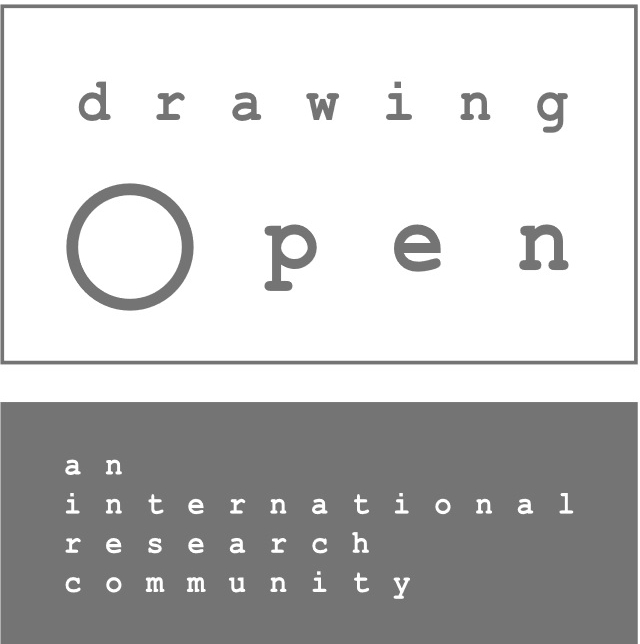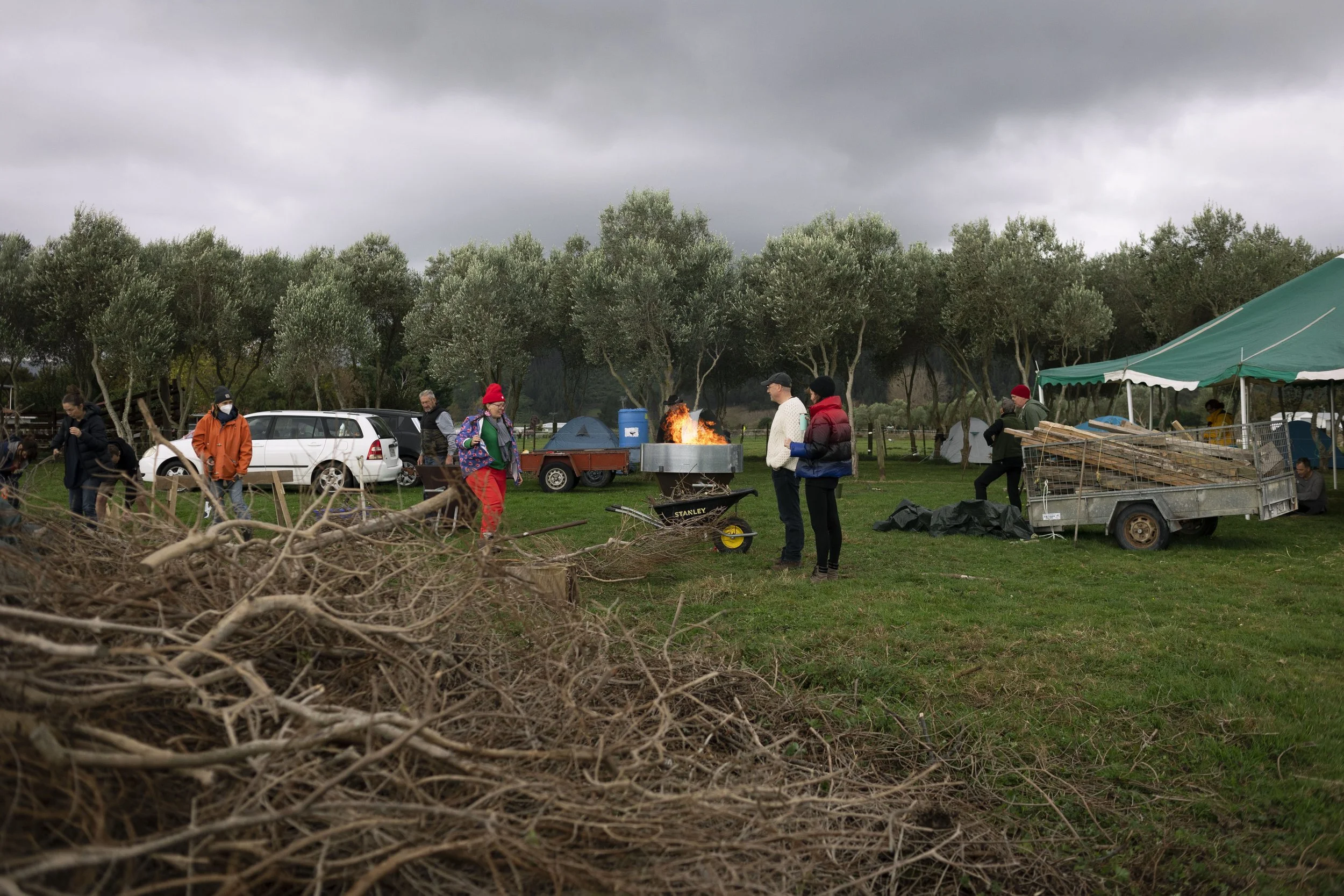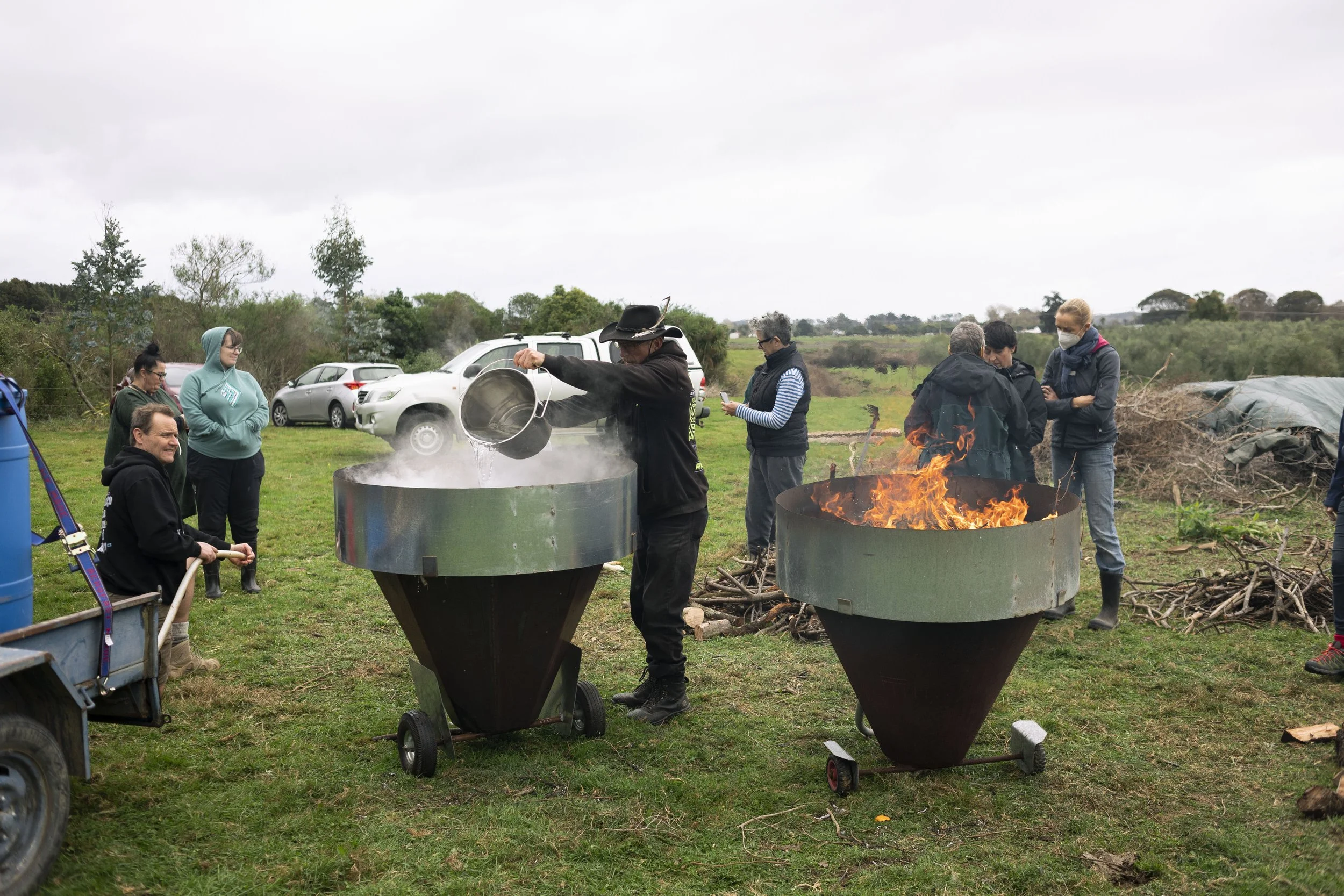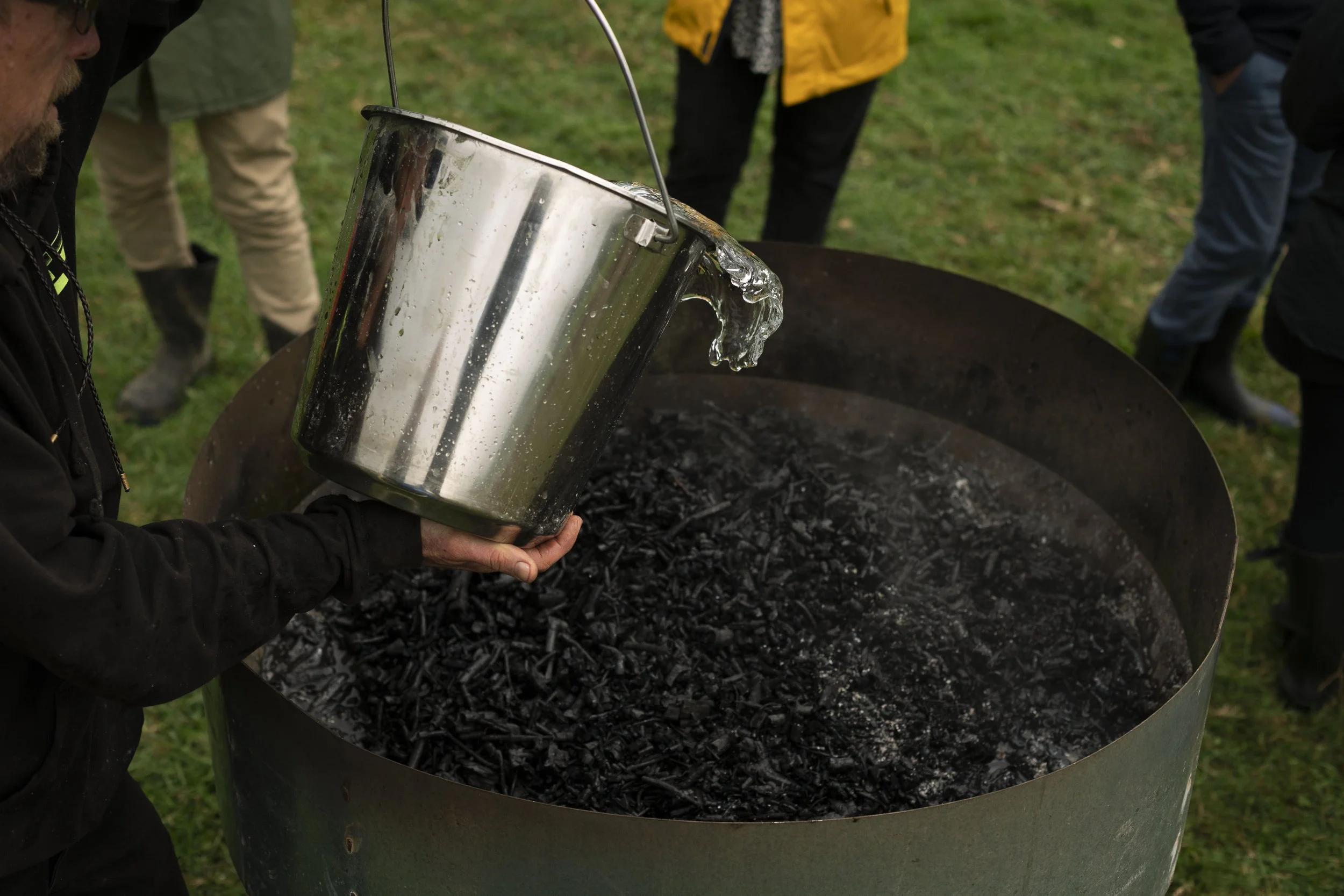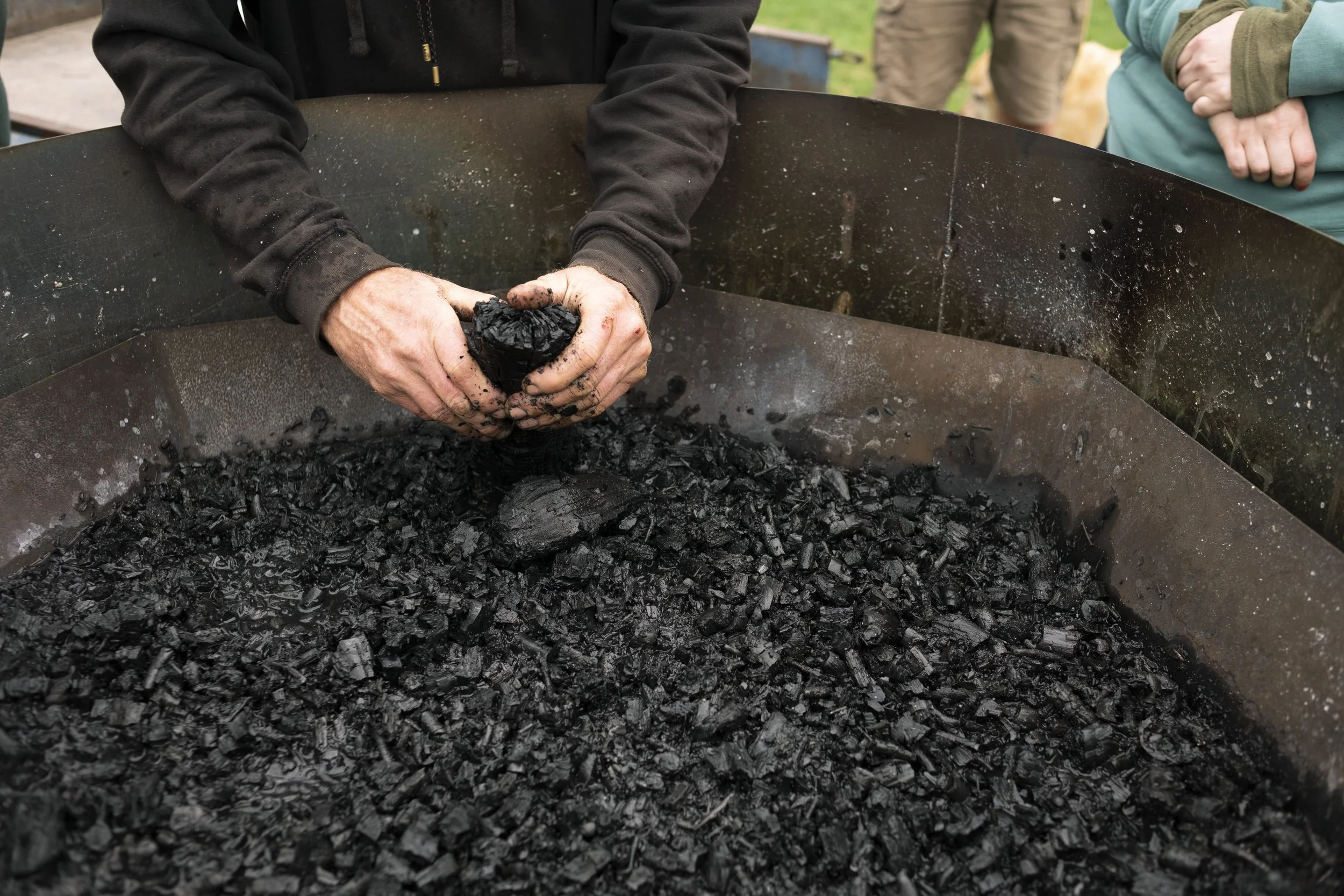Our second biochar burn with Phil Stevens, from Slow Farm!
The collective nature of Te Waituhi ā Nuku-Drawing Ecologies, means that gathering together on the whenua at Kuku, and taking time to share kai and korero, is the most important and best part of the whole project! This hui saw us once again camping in the olive grove; hanging out, chatting, eating, snapping branches, chopping wood, and feeding the kiln over a four hour period. Under Phil’s expert tuition, we were building our confidence with biochar making. Using two, flame-cap kilns, we made a large amount of biochar, and made a big dent in the stock-piled firewood collected from the site; dead orchard trees and olive tree prunings. This biochar will be used on site for the next part of this carbon sequestering project.
The next step in the project is to create biochar sediment basins by bagging Kuku biochar into used coffee sacks and placing them at strategic sites, in and close to the waterways. The Waikōkopu stream snakes around the farm at Kuku and receives water run-off from neighbouring buildings, State Highway 1, as well as adjacent paddocks. This causes problems for the surrounding fresh water ecology. There has been a massive and ongoing effort to eradicate the invasive blackberry that chokes the stream, and plans are underway to re-plant and restore this small but vital water way. The Kuku Biochar Project forms part of that restoration.
As well as being an excellent soil amendment, biochar can be used in sedimentation basins or trenches to directly intercept water flows, where it filters nitrates and other pollutants. This part of the project will experiment with using biochar for stream restoration and for improving water quality. Data will be collected upstream and downstream from the sacks, to test the efficacy of biochar to mitigate harmful particulates and nitrogen run-off.
The second important part of this project is to use biochar sacks to slow water during rain events, creating sediment traps that will slowly raise the narrow, deep bed of the stream into a more shallow and wider stream basin. The hope is that the biochar sediment basins (sacks with biochar) will filter the water in this small patch of the Waikōkopu stream, while simultaneously reducing erosion and restoring the river to a more natural shape that can better absorb rain events. This should create a natural, swampy stream surround, that allows for water to rise and fall, dissipating across a wide catchment area and provide habitat for fresh water plant and animal species.
Perhaps we can we support kōkopu through this stream restoration? This fresh water fish needs streams with plenty of cover (plants, logs, rocky overhangs), as they spawn in the leaf litter at the edges of stream beds.
In European farming and paddock-draining practices, small streams are often dredged, creating narrow, steep-sided streams and destroying the spawning ecosystems of the kōkopu. The sides of these dredged streams are too steep for plant growth and unless fenced, allow for cattle to graze right up to the stream edge. The Kuku Biochar Project will be one part of this ecosystem restoration, working towards a restored wetland/wildlife corridor in this coastal Māori farming community.
This part of the project will be installed on site, in Winter 2022, so watch for our next blog post showing you what we have achieved.
I am so very grateful for the Te Waituhi ā Nuku team and our new (and old) friends from the Govett-Brewster Gallery and Massy University, for mucking in and helping with the burn. It really was a team effort!
Thanks, as always, to Huhana, Richard and Tama for their amazing manaakitanga and generous hospitality. Kuku is starting to feel like a second home!
Massive thanks to Phil who is not only teaching us how to make biochar and championing climate change solutions, but is the inspiration behind this part of the stream restoration project.
Slow Farm website https://slowfarm.co.nz/
And massive thanks to Maija for the amazing photos!
Photos by Maija Stephens, documentary photographer for Te Waithui ā Nuku: Drawing Ecologies group, working alongside the Deep South National Science Challenge, Phase 3: Manaaki i ngā taonga i tukua mai e ngā tupuna: investigating action-oriented climate change transitions to water-based land uses that enhance taonga species 2020-2022.
Words by Monique Jansen
